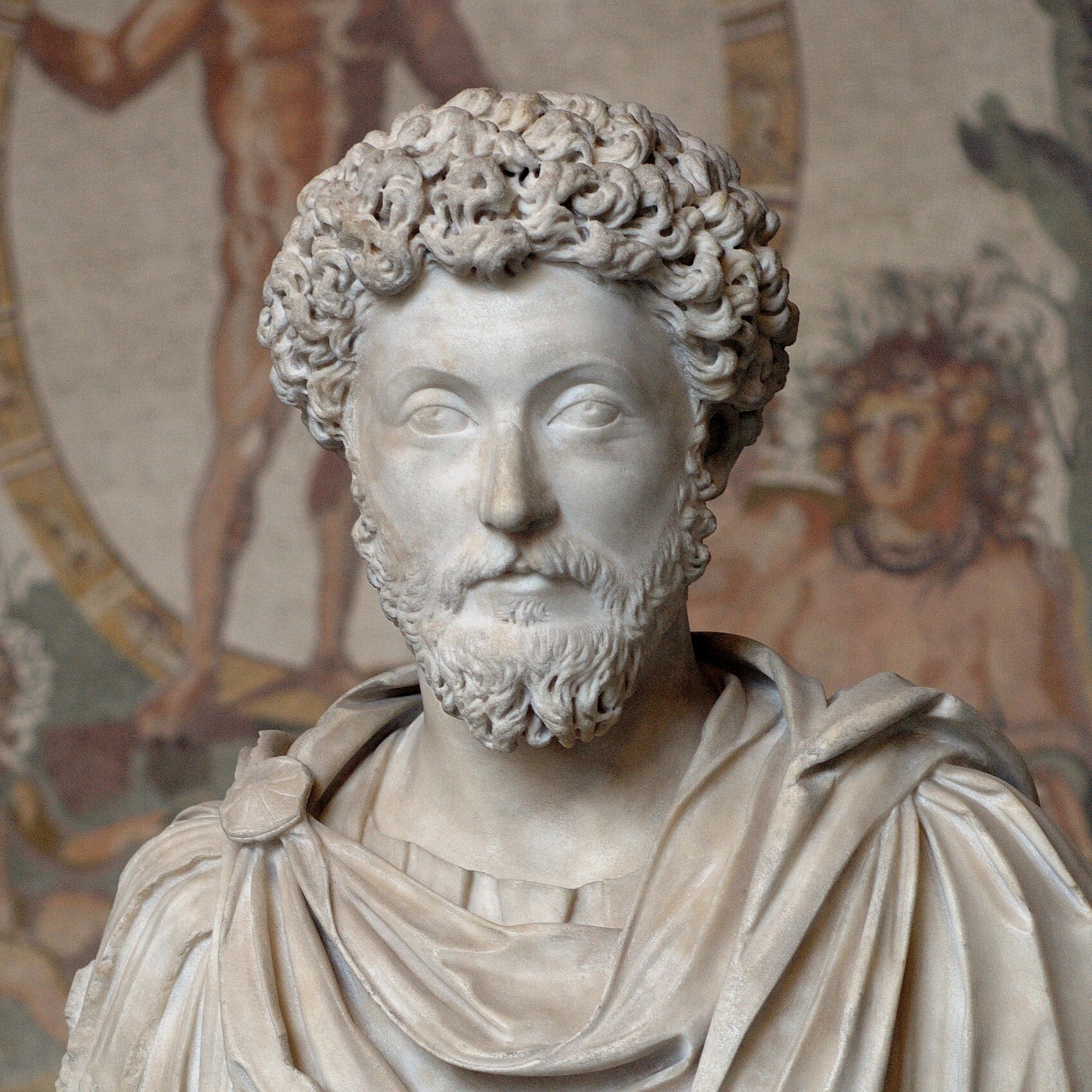Galen's Life and Achievements
His Early Life & Studies
Perhaps most known for his anatomical discoveries and foundations in humoral theory Galen also studied pharmacology, mathematics, philosophy, psychology, and Greek grammar and history (Gill, 2009). A multifaceted man with an emphasis on empirical observation and practice, Galen paved the way for future healers and anatomists alike. Born in Perganon, or modern day Turkey, in 129 CE, Claudius Galenus was born into an affluent family. His early studies were heavily concerned on philosophy, with a particular concern for discerning truth versus fallacy. In order to determine truth, Galen relied on the "'twin legs' of reason and experience" which he emulated through his meticulous research and writing (Nutton, 2006). It is said that Galen became inspired to study medicine from a dream featuring the healing god Asclepius, and this incited his curiosity to travel to the likes of Smyrna and Alexandria to study the works of his predecessors. After mastering the beliefs of varying Stoic, Epicurean, Platonic, and Hippocratic philosophers, one could say that Galen's studies were extremely well-rounded for his time (Mattern, 2013). Galen valued past philosophical studies, but encouraged critiquing and correcting the errors of previous scholars. He admired the famous poet, Aristophanes, appreciating his use of everyday vernacular so that even a layperson could comprehend his findings (Gill 2009). Galen adopted this practice in his personal and professional works, utilizing language that almost anyone could understand. Vowing to keep ambiguity out of his writing and demonstrations, Galen touted himself for his clarity.
Taught by the physician Satyrus, Galen became exposed Galen very early on to the effects of varying epidemics, including what is now known as subcutaneous anthrax (Mattern, 2013). This early exposure to human anatomy influenced Galen greatly; however, due to the taboo of human dissection, he more popularly utilized animal vivisection to study anatomy.
Image Obtained from Wikimedia Commons
Working for the Gladiators & Emperor Aurelius
Galen returned to his home town of Perganon in 157 CE at the age of 27 to become a physician to the gladiators of the high priest (Gill, 2009). Held during the summer, these gladiatorial games brought great honor for Galen, as he took pride in healing the courageous gladiators of his time (Mattern, 2013). He would learn crucial first-hand experience of wound healing as well as where he would showcase his infamous competitions of anatomy (Gill, 2009). He was infamous for his concoction of pharmaceutical drugs to promote the healing of tendons, as well as other wounds contracted while fighting . Often dealing with harsh blows to the head, Galen learned to heal broken fingers and twisted limbs caused from the gloves weighted with glass and metal. He valued keeping the wounds moist, often utilizing wine to coat the lacerations. He found that transverse cuts required sutures to properly recover, while vertical wounds only needed a bandage to sufficiently close. This was due to his knowledge of muscles, not wanting them to 'separate' because of the crosswise cut. He saw a variety of severed arteries and veins, particularly on the hands and feet, which only increased his curiosity in the body's venous and arterial systems. Galen learned to find the tips and tricks of dealing with violent injuries on a regular basis, including learning how to help replace prolapsed intestines from abdomen wounds using full thickness sutures (Mattern, 2013).
He was also recruited by the high priest perhaps because of his outstanding performances at anatomical competitions, where his medical prowess could be witnessed. At these competitions, Galen would attempt to prove to his audience the validity of his claims concerning the body, employing specific evidence from his demonstrations to support his findings. Utilizing animals for vivisection, Galen also practiced through these competitions to not only learn more himself, but also showcase his expertise of anatomy to the public (Gill, 2009). In certain instances, he would even challenge other physicians simply to prove them wrong. He famously dissected an ape and asked the other 'adept' physicians to fix it, only demonstrating their incompetence compared to Galen's profound knowledge and practice (Gill, 2009). His writings, in particular, would guide the reader along, step by step, through his vivisection procedures, demonstrating his emphasis on methodology and precision (Gill 2009).
Galen eventually left his hometown of Perganon, with some scholars speculating that he left because of growing political unrest in Perganon around 166 CE. After witnessing his expertise and vast knowledge of the human body, Galen eventually was recruited as a personal physician to Emperor Aurelius in 168 CE. Not only hired to join the expansive military campaign with the Emperor, Marcus Aurelius was also described as a frail man who suffered from major chest and abdominal issues; therefore, he needed a steady, competent physician to help him with his personal ailments as well (Mattern, 2013). In 192 CE, fire destroyed the "Temple of Peace" Galen's cherished library which almost eradicated his entire library, including informational annotations of his works and readings, lost prototypes of homemade medical instruments, and homemade pharmaceuticals (Gill, 2009). Thanks to the help of copies made and located in other public libraries, some of Galen's works have survived and garner much fascination for research in ancient medical history (Gill, 2009). Historians are unsure of when exactly Galen died, however, most scholars argue that he died at the age of 87 in 216 CE (Baltussen, 2010).
Image of the Perganon Amphitheatre Obtained from Wikimedia Commons



